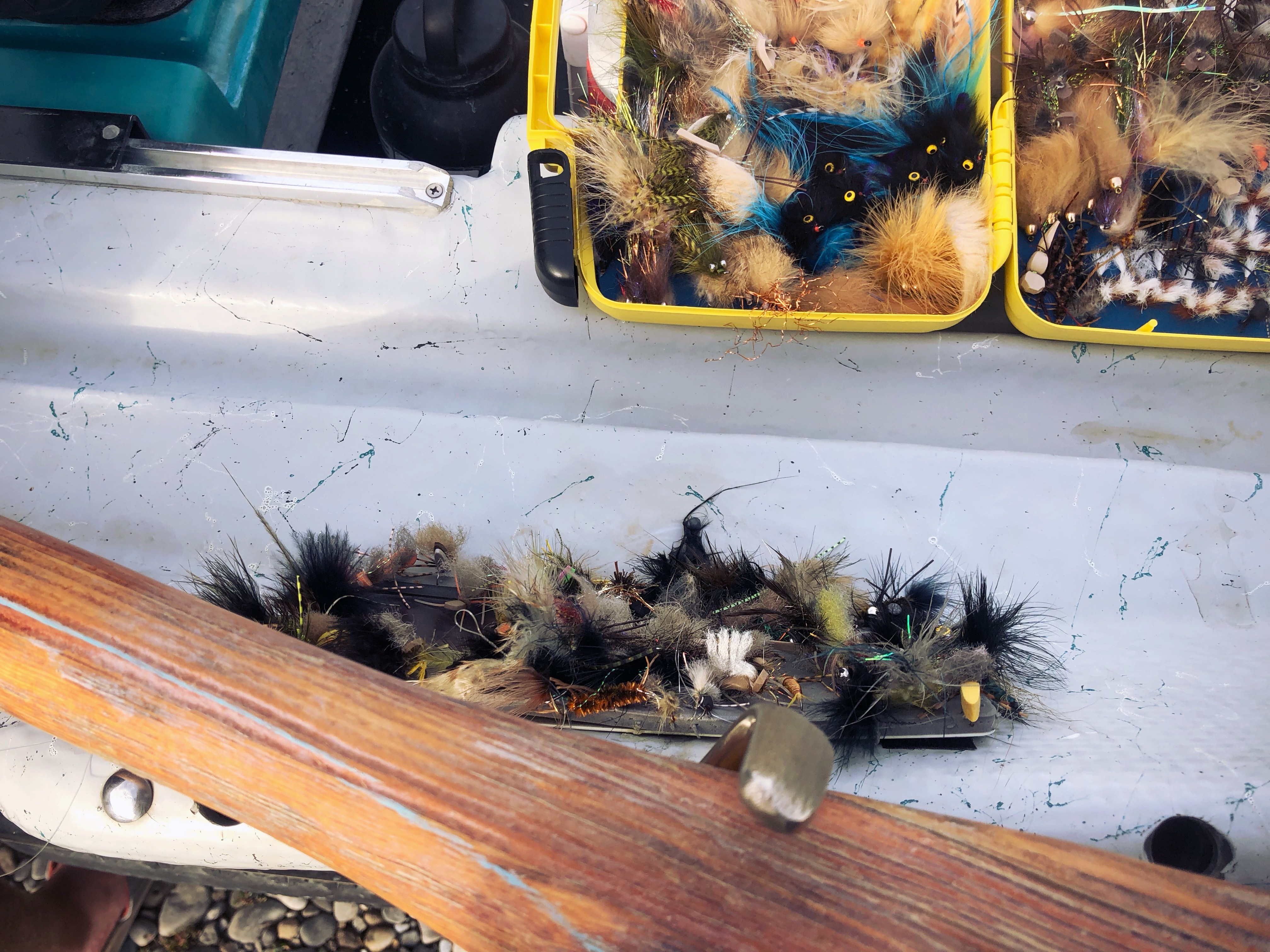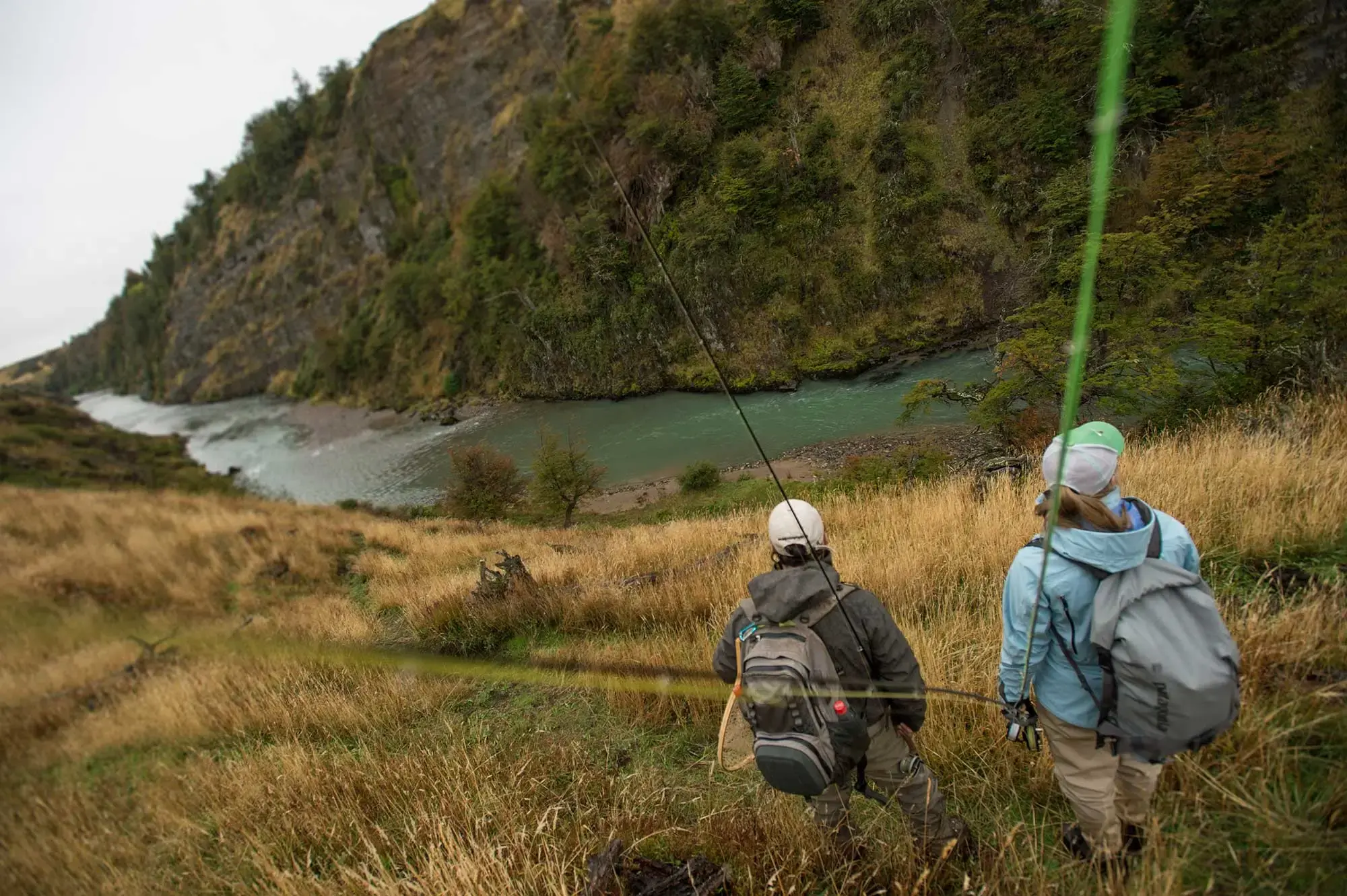Where Would You Be?

Where Would You Be?
When reading water, ask yourself this simple question: If I were a trout, where would I be? Understand that your life revolves around three things: eating, not being eaten and making little fish.
In the context of fly angling, the eating part is most important. Playing the role of trout, you understand that you primarily eat insects and smaller fish. You know that you’ll find more of both closer to the banks, so that’s a good starting point to choose where you want to hang out in the river.
The insects you eat come in all forms: nymphs, emergers, adult bugs hatching, adult spinners falling to the surface to lay eggs, terrestrials falling into the river and so forth. You know that mayflies, for example, like to lay eggs on gravel bottoms, and that that is where nymphs, emergers, duns and spinners are likely to concentrate.
Currents also concentrate insects. Bugs get trapped and collected in the seam where fast water bumps up against slow water, for example. You (the trout) want to be near that seam, in a place where you aren’t expending more calories to swim than you can consume.
At the same time, you don’t want to become calories for another predator. You want to find cover in those rocks or under that log. Lacking thick cover, my exit strategy is to go to deep water. There has to be a place where I can escape to the depths when I’m threatened.
Making little fish is another matter. We spawn on gravel. Hopefully, the angler reading this essay won’t mess with me when I’m on a spawning bed.
The more you ask yourself, “If I were a trout, where would I be?” while you are on the water, fishing, the easier reading water becomes. Thinking like a fish will make places and targets pop out before you cast. You’ll overlook fewer targets, and catch more trout.
.svg)








